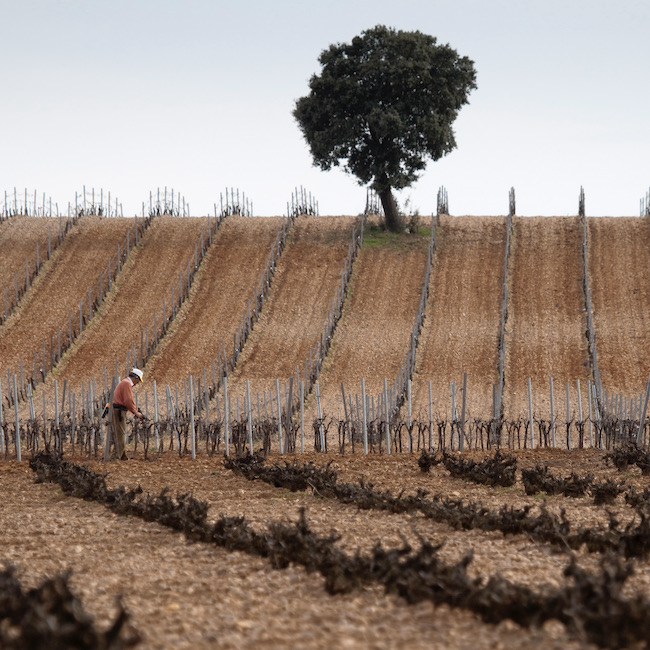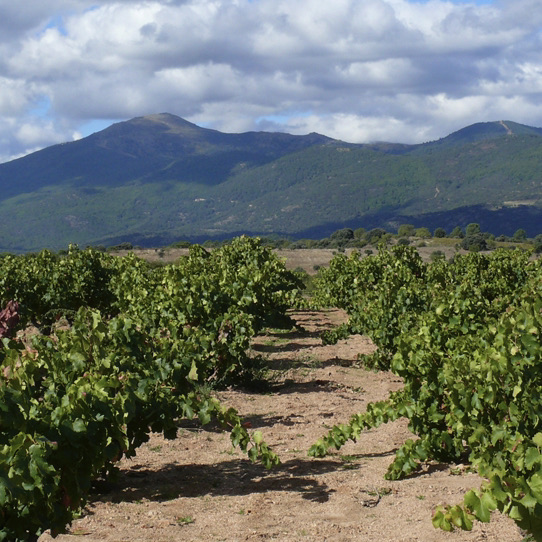by Peter MCombie MW - @petermccombie
.png.transform/rendition-xs/image_image%20(1).png)
Garnacha is shaking off its work horse reputation in Spain. Even though it only represents 7% of planting, it was seen as ubiquitous, certainly in northeast and central Spain. Its association with Rioja Baja means that it was perceived – unfairly – as inferior and only considered useful in supporting the apparently far more aristocratic Tempranillo in blends

by Peter MCombie MW - @petermccombie

The Denominación de Origen Protegida of Campo de Borja is in the northwest of the province of Zaragoza in Aragón. The area represents a transitional zone between the mountains of the Sistema Ibérico running southeast to northwest and the plains of the River Ebro. The climate is continental, with oceanic Atlantic influence during the winter and Mediterranean influence during the summer. The temperature varies a great deal, both daily and seasonally. Rainfall is low, ranging from 350 mm annually to 450 mm.
There are three zones within Campo de Borja, which run in more or less parallel bands, between the Ebro and the mountains. Closest to the river is the lowest area, which is between 350 and 450 metres above sea level, with brownish-grey limestone soils. Here Garnacha matures earliest; the wines are warm, powerful and very aromatic.
The middle area includes vineyards situated between 450 and 550 metres above sea level which have the largest concentration and density. Soils are stony and ferrous-clay, on gentle slopes with good exposure to the sun. Here the wines are complex, intense, structured and fleshy.

The highest area, in the foothills of the Moncayo mountain sees vineyards from 550 to 700 metres above sea level, producing wines that are fine, subtle and elegant.
Peter McCombie has been a Master of Wine for over 25 years. He is Co-Chair of the International Wine Challenge and judges for many other competitions and publications.